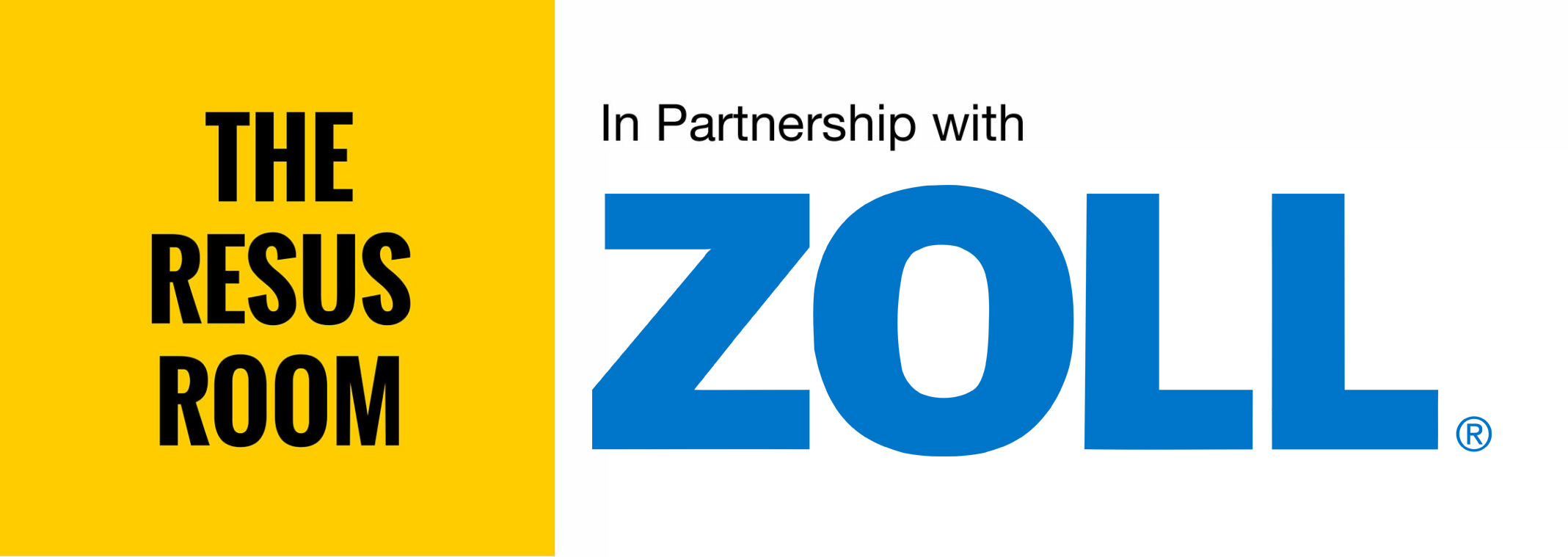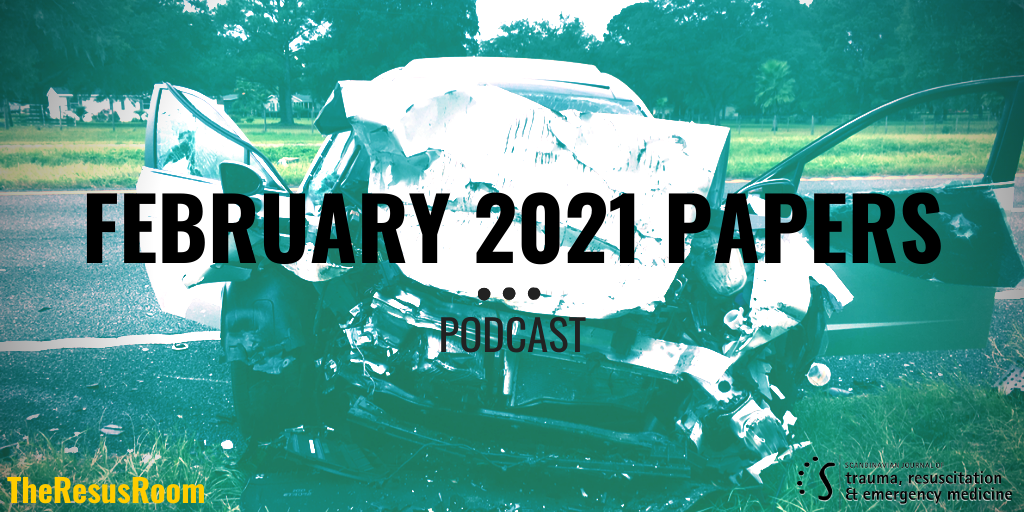So three very different papers for you this month…
We start off having a look at a paper on the HINTS examination. This exam came to prominence a few years ago as a way to distinguish between central and peripheral causes of vertigo with a pretty amazing sensitivity and specificity. Since then many EM clinicians have brought it onto their practice and this paper seeks to assess how good the test is at the bedside in real life practice.
Next up we take a look at a paper assessing the injury patterns in trapped patients and consider the prevalence of injuries both with regard to spinal and other injury patterns and then consider the impact that this holds with respect to extrication.
Finally we have a look at a paper focussing on the inhospitable management of hypertension; the treatment strategies and the outcomes comparing those being treated during their inpatient stay versus this left untreated with some surprising outcomes…
Once again we’d love to hear any thoughts or feedback either on the website or via twitter @TheResusRoom.
Simon & Rob
Now that you have listened to the podcast, start the quiz to add it to your CPD Diary
References & Further Reading


